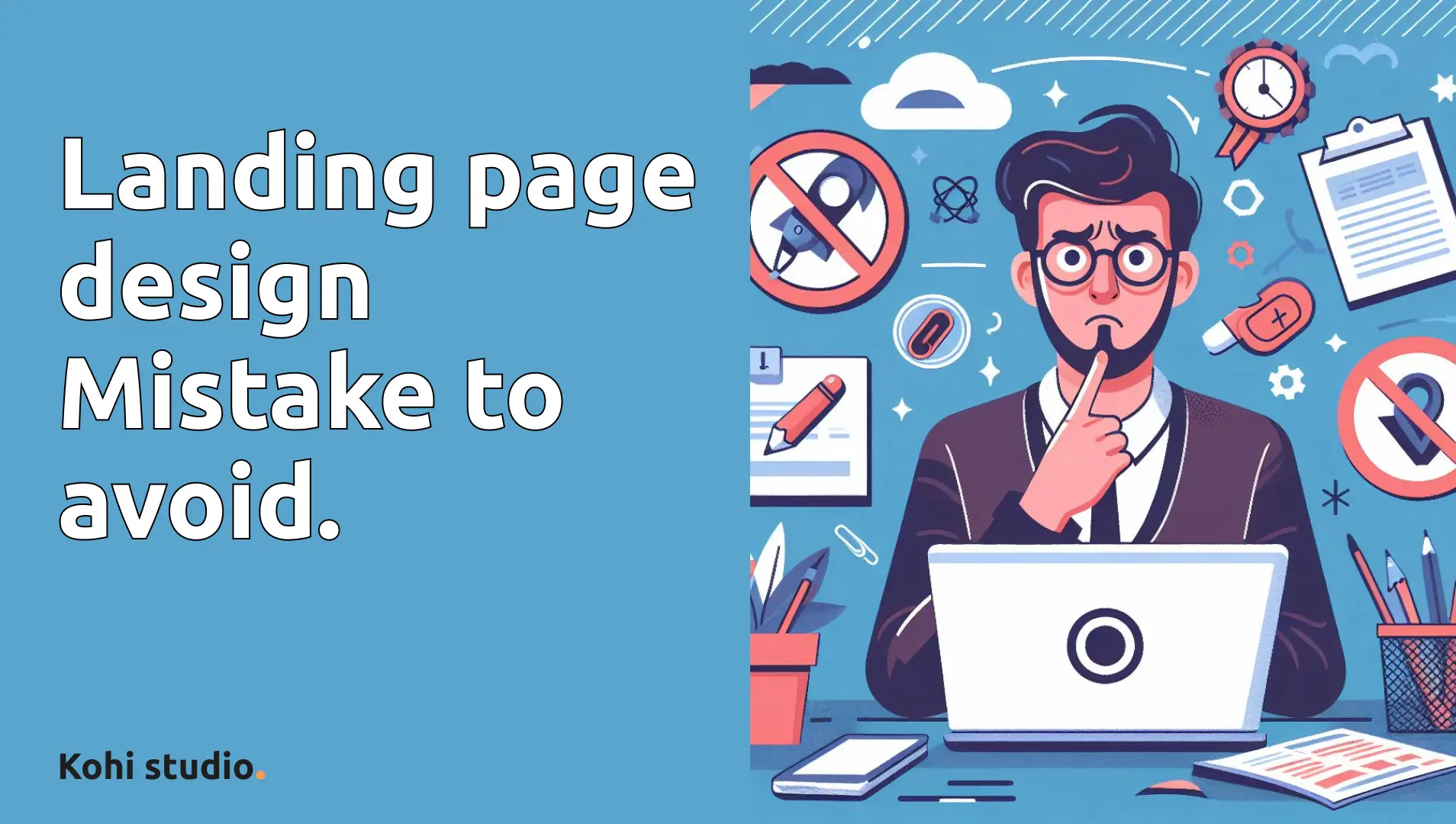
Mastering SEO: The Four Golden Rules and Beyond
- Kohi studio
- Website , Tips
- 04 Feb, 2024
In today’s digital world, getting your website noticed by search engines like Google is crucial for success. Let’s explore some simple yet powerful strategies to improve your website’s visibility and engagement.
The First Rule: Quality Content is Key
Think of your website like a book. Just as readers enjoy well-written, interesting books, search engines love quality content. This means creating articles, blog posts, or product descriptions that are helpful, interesting, and relevant to your audience.
Example: Imagine you have a cooking blog. Instead of just listing ingredients and steps, share personal stories, tips, and beautiful photos. This kind of content not only keeps readers interested but also tells search engines that your site is worth showing to others.
Quality content not only attracts visitors but also encourages them to stay on your site longer. This is important because search engines track user engagement metrics like bounce rate (how quickly visitors leave your site) and dwell time (how long visitors stay on your site). The longer visitors stay, the more likely it is that search engines will view your site as valuable and relevant.
The Second Rule: Keep Visitors Engaged
When someone visits your website, you want them to stick around and explore. If they leave right away, it’s like they walked into a store but walked out without buying anything. To keep visitors engaged, focus on making your website easy to navigate and filled with interesting content.
Example: If you have an online store, make sure each product page has clear photos, detailed descriptions, and customer reviews. This helps shoppers feel confident and spend more time browsing, which search engines notice and reward with higher rankings.
There are many ways to keep visitors engaged on your website:
- Use clear navigation menus to make it easy for visitors to find what they’re looking for.
- Break up long blocks of text with headings, bullet points, and images to make your content more readable.
- Encourage interaction with your content by asking questions, inviting comments, or including polls and surveys.
- Provide helpful resources such as guides, tutorials, or downloadable content that adds value to your visitors’ experience.
The Third Rule: Structure Your Website Properly
Just like a well-organized book is easier to read, a well-structured website is easier for search engines to understand. Use simple HTML tags like headings and paragraphs to organize your content, and add descriptive labels to images so search engines know what they’re about.
Example: If you have a travel website, use headings to break up your articles into sections like “Destinations,” “Tips,” and “Reviews.” This not only makes it easier for readers to find what they’re looking for but also helps search engines understand what your website is about.
Properly structuring your website not only improves user experience but also helps search engines crawl and index your content more effectively. This can lead to higher rankings and increased visibility in search results.
The Fourth Rule: Make Your Website Fast
Nobody likes waiting for a slow website to load. Just like you wouldn’t want to stand in a long line at a store, visitors won’t wait around for your website to load. To keep visitors happy and coming back, make sure your website loads quickly.
Example: If you have lots of large images on your website, consider compressing them to reduce file size. You can also minimize the use of fancy animations or complex design elements that can slow down loading times. A fast website not only improves user experience but also earns favor with search engines.
In addition to improving user experience, website speed is also a ranking factor for search engines. Google has indicated that page speed is taken into account when determining search rankings, so optimizing your website for speed can help improve your SEO performance.
Beyond the Basics: Modern Techniques
While these basic rules are important, there are also some more advanced techniques you can use to improve your website’s SEO.
-
Keyword Optimization: Include relevant keywords throughout your content, including in titles, subheadings, meta descriptions, and image alt text. However, avoid overusing keywords, as this can lead to penalties from search engines.
-
Encourage Social Sharing: Add social media buttons to your blog posts and encourage readers to share your content on their own profiles. Social signals can positively impact your website’s visibility in search engine rankings.
-
Incorporate Multimedia: Consider adding videos, infographics, and podcasts to your content to engage different types of learners and provide more value to your readers.
-
Monitor Analytics: Regularly monitor your website’s analytics to see how people are interacting with your content. Adjust your strategy accordingly, focusing on topics that resonate with your audience.
Remember, SEO is constantly evolving, so stay current with best practices and continue to experiment with new tactics to improve your website’s performance.

